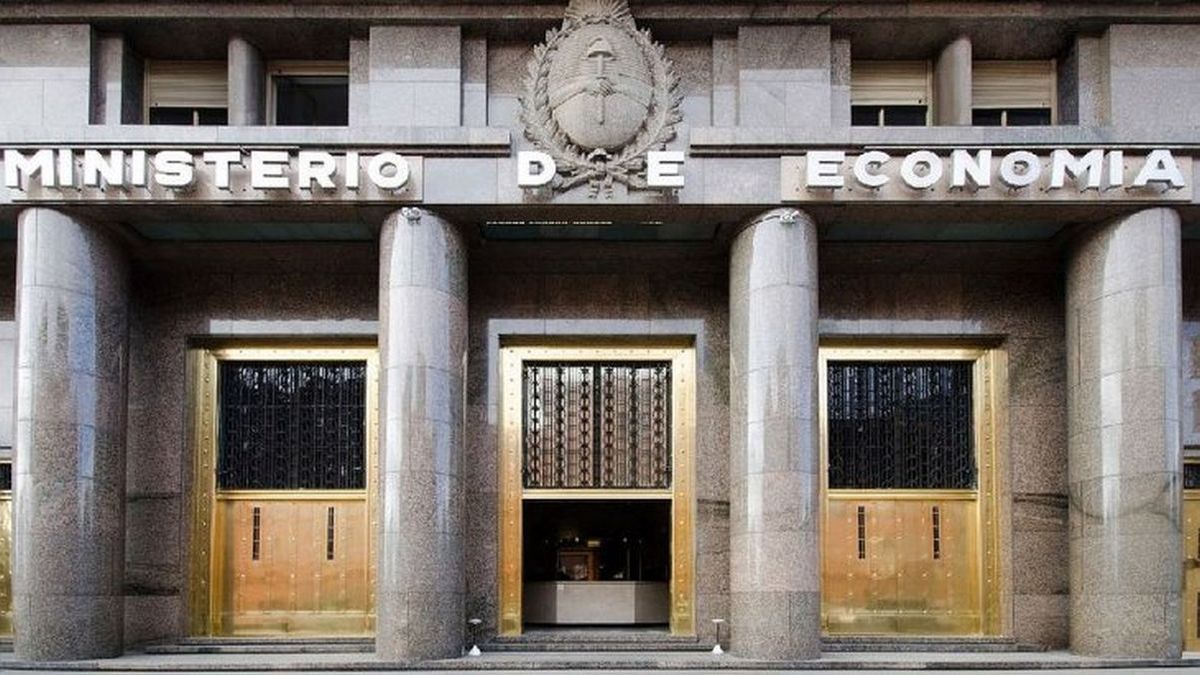As a result of the government’s financial and monetary policy, Public debt in national treasure pesos grew 157.5% during the past year. The increase was almost 40 points higher than the end of the end of 2024 (117.8%) and represented a expansion in real terms of 18.2% of the liabilities of the Treasury.
The numbers are detached from a recent report of the Congress Budget Office (OPC). The study reflected that at the end of 2023 the debt stock payable in pesos totaled $ 83.9 billion, but At the end of last year it reached $ 216 billionwhich implied an annual rise of 157.5%.
The increase was specified despite the fact that the fiscal adjustment shock implemented by Luis Caputo and the primary surplus achieved a pressure route to the financing needs. Thus, growth was a consequence of several factors.
image.png
Why did the debt grew pesos?
First, the OPC said last year There were net debt placements in pesos for almost $ 24 billion: Titles were issued for $ 173.6 billion and there were capital payments for $ 149.6 billion. One of the main explanations of this was the debt handrail from the Central Bank to the Treasury Government driven: in this process the banks were dragged to migrate their holdings of paid liabilities of the BCRA (to end the endogenous emission they implied) to titles issued by the Ministry of Finance.
Another factor was the Indexed Instruments Valuation Settings. “The stock of the payable debt in pesos It increased by $ 94.1 billion due to accumulated inflation of the period, which updates the debt that adjusts by CER, and for the evolution of the exchange ratewhich impacts the debt that is contractually called dollars, but its payments are in pesos (dual bonds and bonds Linked), ”explained the OPC report.
Finally, the Capitalization of interests of titles such as LECAP, Lefi, Boncap and the PR17. These instruments, instead of paying a coupon to holders, accrue interest that expires to integrate the capital owed. In this way, the Treasury liabilities stock in local currency It increased by $ 14.1 billion During last year.
LECAP and fiscal result
From the second quarter of last year, The Government decided to carry out its debt placements at a fixed rate through titles that capitalize on interest. First it was through the LECAP. Then the Boncap were added, which are similar to the LECAP but with a period of broadcast greater than one year, and the Lefi, letters issued by the Treasury but that are exchanged between the BCRA and the banks as an instrument of monetary regulation.
image.png

The choice of this type of capitalizable titles was not accidental. It was part of Luis Caputo’s strategy to show a more favorable financial fiscal result. It is that, when capitalized, the interests that accrue these instruments are computed differently in public accounts (“below the line”, as they say in jargon).
As “above the line” are not counted, these interests are not contemplated in the financial result. Thus, the Ministry of Finance reported that 2024 closed with a financial surplus of $ 1.76 billion (0.3% of GDP). While it is a debate between economists the way to account for the interests of LECAP and other capitalizable instruments, Many specialists consider that they should be computed and, therefore, last year it would have ended with financial deficit.
However, the economic team’s strategy follows its course. And it will be enhanced to the extent that the interest rate becomes more clearly positive in real terms, that is, it exceeds inflation. For example, in the last finance tender, the treasure validated monthly effective rates of 2.05% in a BCAP as of January 2027, when the government itself aspires that the CPI drill 2% in the coming months.
In addition, in its eagerness to reinforce its incentive to the “carry trace” (or financial bicycle) to support its exchange rate appreciation scheme, the BCRA was responsible for widening the hard currency gains offered by the rate in pesos: the reduction in half From the rhythm of devaluation and the much more limited loss of yield of the Lefi raised the dollar return of 0.66% monthly effective in January to 1.4% in February.
Source: Ambito
I am an author and journalist who has worked in the entertainment industry for over a decade. I currently work as a news editor at a major news website, and my focus is on covering the latest trends in entertainment. I also write occasional pieces for other outlets, and have authored two books about the entertainment industry.




